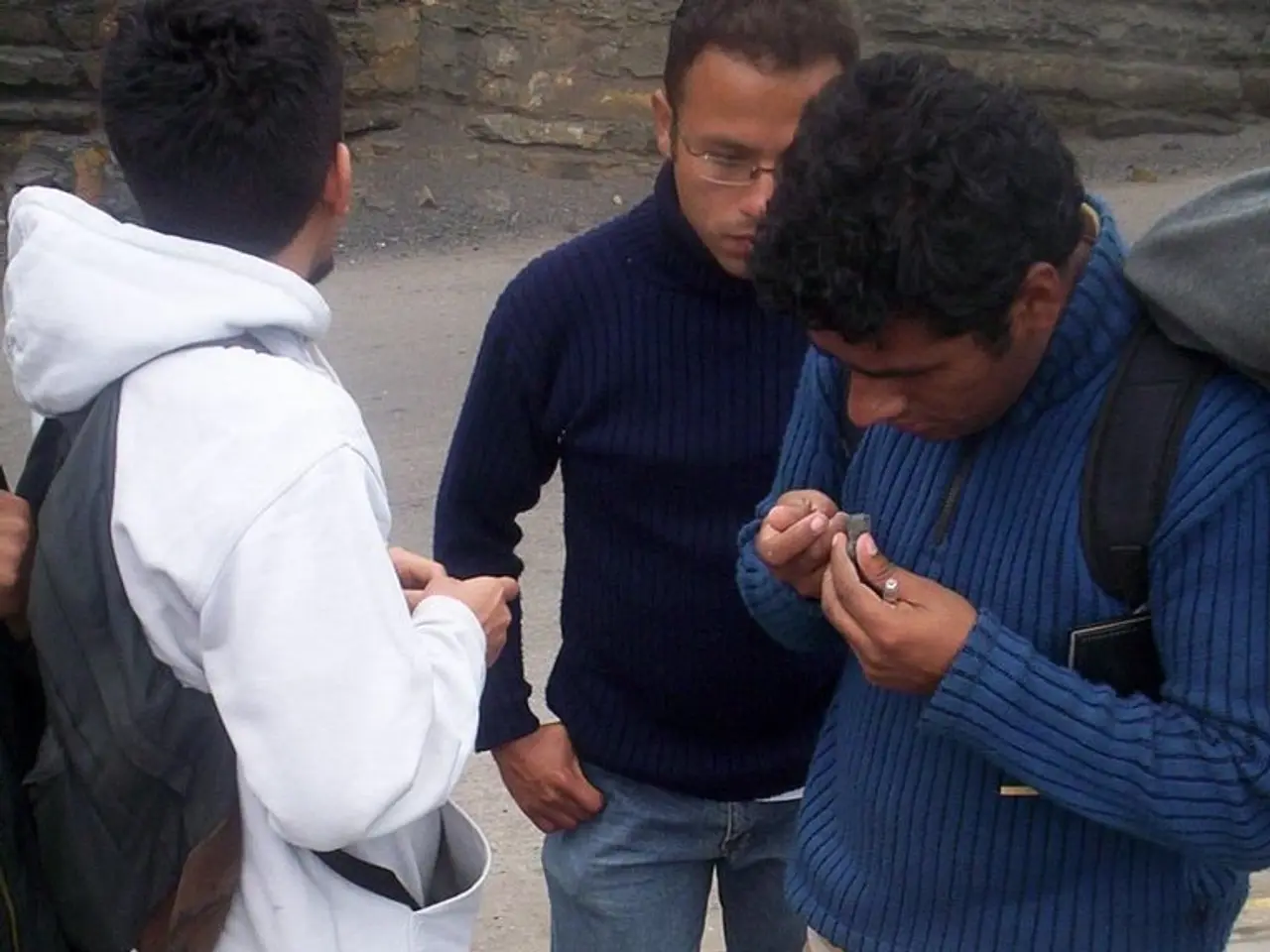Study Finds Asymmetric Dynamics Boost Cooperative Task Performance
A groundbreaking study led by Assistant Professor Asuka Takai of Osaka Metropolitan University has shed light on how asymmetric dynamics can boost performance in cooperative tasks, with significant implications for rehabilitation and human-robot interactions. Published in The International Journal of Robotics Research, the study's findings could help robots understand task allocation with humans.
The study, available at DOI 10.1177/02783649251363274, investigated cooperative advantage using a robotic arm task. Participants were divided into pairs and individuals, tasked with transporting a rod horizontally. Under symmetric conditions, individuals performed better than pairs when roles weren't differentiated.
However, under asymmetric conditions, where one participant led and the other supported, pairs outperformed individuals. This was due to natural role division, with the leader focusing on the task and the supporter providing assistance. The discovery suggests that role specialization, rather than paired interaction, is key to superior performance.
The study's findings could revolutionize how robots interact with humans in task allocation. By understanding when to take on tasks themselves or hand them over to humans, robots can enhance performance and cooperation. Future research aims to explore these dynamics further in rehabilitation and human-robot settings.
Read also:
- Hospital's Enhancement of Outpatient Services Alleviates Emergency Department Strain
- Increased Chikungunya infections in UK travelers prompt mosquito bite caution
- Kazakhstan's Deputy Prime Minister holds discussions on the prevailing circumstances in Almaty
- In the state, Kaiser Permanente boasts the top-ranked health insurance program





